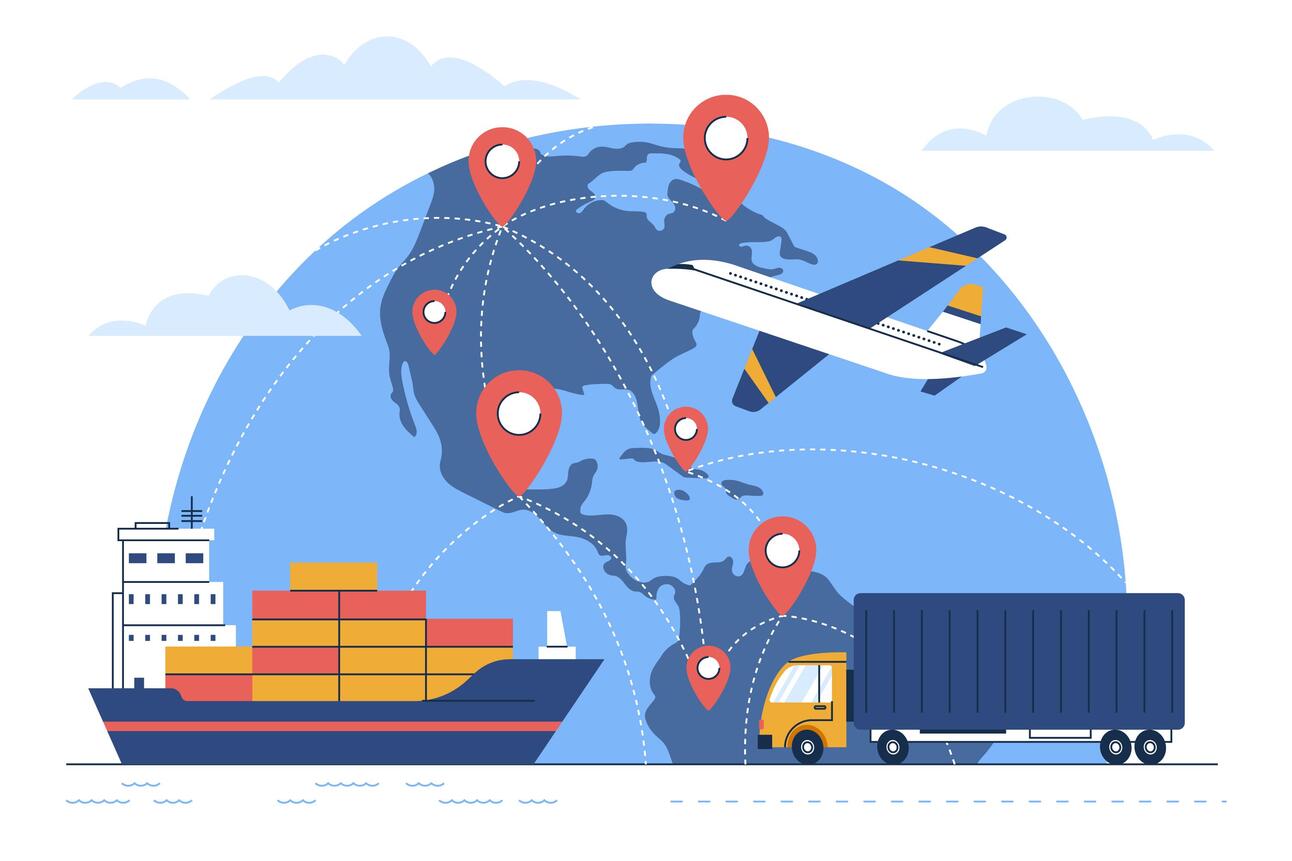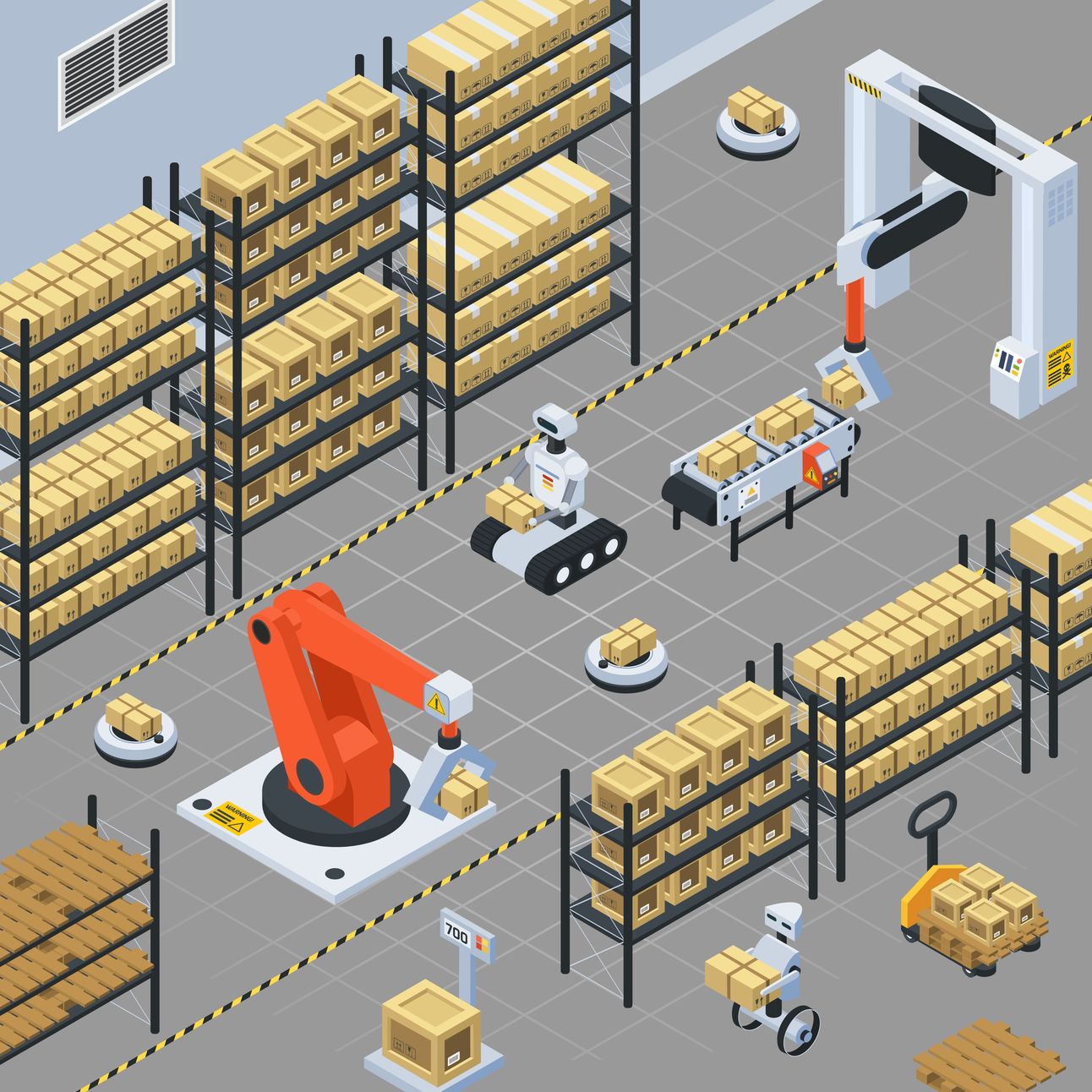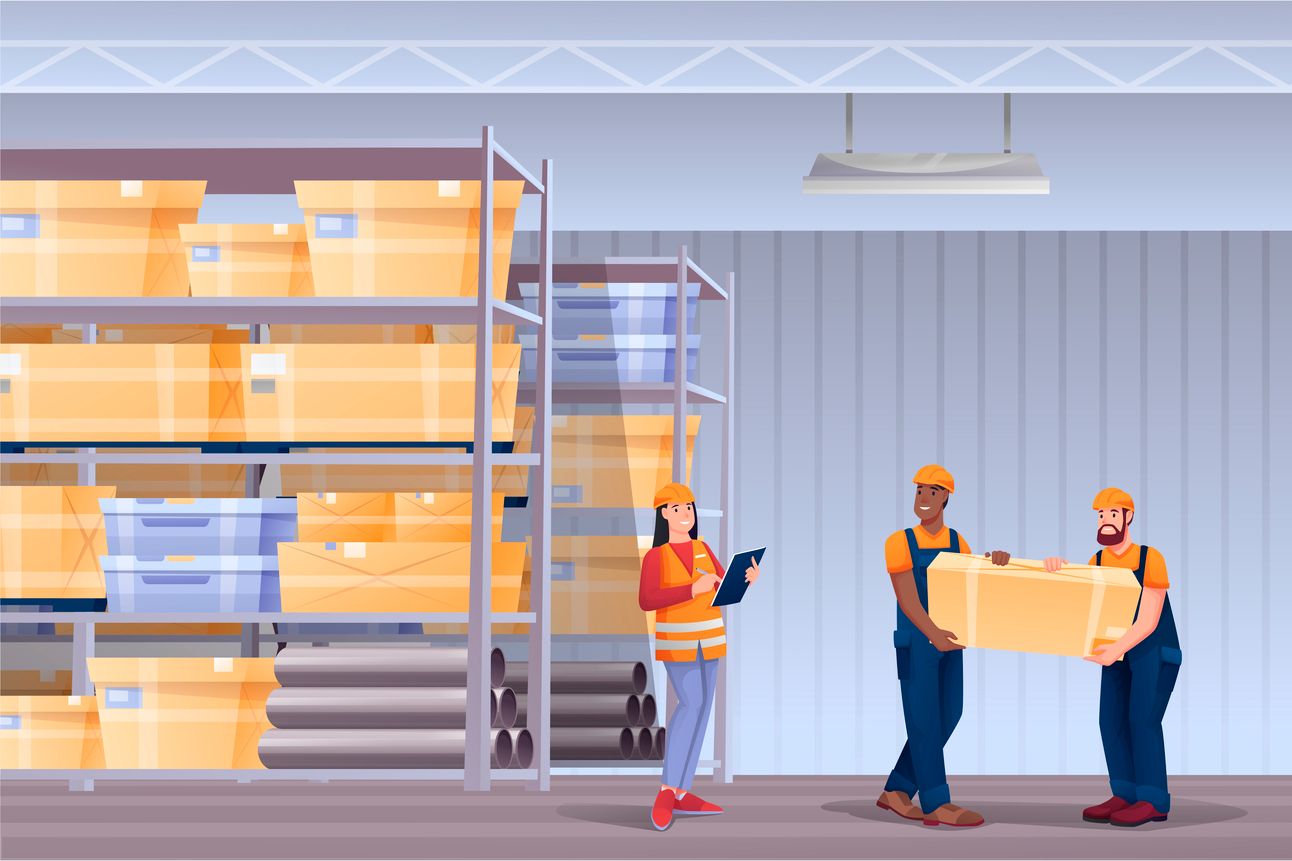- Warehouse Wisdom. Weekly.
- Posts
- Warehouse Wisdom. Weekly. 2/23/2024
Warehouse Wisdom. Weekly. 2/23/2024
Only the most relevant news for SMBs to improve logistics – picked, packed, and delivered without the bias.

Happy Friday!
Well, it was a short week with the holiday, but there was plenty of news in the warehousing and logistics world. Seems like there’s not much time to take your foot off the gas petal without losing ground to the competition – especially when it comes to delivering product to customers on time.
A recent survey from OneRail found that e-commerce retailers are expanding their ways of sending out orders. Why? To avoid problems and make sure they deliver on time. 73% say that relying on limited transportation options makes it difficult to meet demand spikes, and 96% think delivering orders is a key part of shopping.
But on-time delivery isn’t the only important metric to keep in mind. So is making sure freight charges are accurate, lest you find yourself in the middle of a $4,000 shipping faux pas.
In this week’s newsletter, we're diving into Walmart's latest moves to overtake Amazon, the true story behind the U.S.'s import patterns favoring Mexico over China, the ongoing maritime security concerns in the Red Sea, decreased tech and robotics investment, and more!
LOGISTICS VITALS
CONSUMERS TRUST DIGITAL COMMERCE MORE THAN E-SELLERS?

In a recent survey by Chubb, the world of e-commerce was dissected from two angles: the consumers who shop and the e-merchants who sell. The results were stunning – consumers who shop on e-commerce platforms trust them more than the companies selling their goods through the digital channels. Here is the essence of what was found.
First, for Consumers:
85% trust digital media marketplaces.
80% fear payment issues.
40% indicated receiving broken items are common.
Second, for E-sellers:
75% distrust digital commerce marketplaces in inventory handling.
69% distrust digital commerce marketplaces in refunds and returns.
67% distrust digital commerce marketplaces in shipping and fulfillment.
ONLINE MARKETPLACES
WALMART IS THROWING THE KITCHEN SINK AT RIVAL AMAZON

Walmart is making headlines with its remarkable e-commerce performance, and its impressive Q4 earnings highlight a 23% jump in e-commerce sales, representing about 18% of the quarter's net sales of $173.4 billion. All of this is despite a slowdown in US consumer spending! The retailer cut last-mile delivery costs by 20% and boosted same-day delivery from 90% of stores. Its supply chain overhaul and omni-channel expansion, alongside investments in automation and AI, have enhanced profitability and customer service.
Adding to its e-commerce success, Walmart has announced an ambitious move to acquire Vizio, a leading connected TV platform, for $2.3 billion. This move directly challenges Amazon, showing Walmart wants to be a big player in advertisements, using Vizio's tech to improve its online shopping ads.
Walmart is also making it more attractive for other sellers to use its platform by offering better shipping deals with FedEx Ground discounts for its third-party sellers under the "Ship with Walmart" program. This initiative is expected to draw more sellers to Walmart's platform, enhancing its competitiveness and appeal in the e-commerce space.
Oh - and one more thing. Looks like dealing with Walmart’s supply chain may be getting easier. The company announced it is easing its requirements for on-time and in-full shipments from its suppliers, asking its partners to deliver shipments on time 90% of the time and in full 95% of the time, down from a 98% benchmark.
All the while, as Amazon celebrates its 30th anniversary, its e-commerce share of all retail sales shrunk to less than 15% for the first time in years during the third quarter of 2023. Perhaps Jeff Bezos should turn some attention from selling $8.5 Billion in Amazon shares to paying more attention to his largest competitor.
FREIGHT AND SHIPPING
WAIT - DON’T BELIEVE THE REPORTS THAT MEXICO IS OVERTAKING CHINA ON U.S. PRODUCTION

Alright, let's slow down and take a closer look at the recent news that Mexico is overtaking China as the producer of choice for the U.S. Over the last few months, there's been numerous reports about the U.S. importing more goods from Mexico than China. This is a big deal because it's the first time in over 20 years that Mexico has beaten China in sending goods to the U.S. In 2023, Mexico's exports to the U.S. increased by almost 5%, reaching more than $475 billion, while China's exports to the U.S. fell by 20% to $427 billion.
But there's a catch – things may not be exactly what they seem. It turns out that some goods from China are actually coming into the U.S. via Mexico, which adds a twist to the whole story. It could be a classic case of cooking the books, and good old fashioned tax avoidance.
Speaking of imports from Mexico - Run Rail announced another option to send cargo from Mexico City to big U.S. cities like Chicago, Dallas, Los Angeles, and Oakland using domestic containers through brokers. Just in time to delivery more of those Chinese imports!
In other global shipping hotspots, the ongoing Red Sea attacks are expected to continue into the second half of 2024. The continuing crisis is causing analysts to call for the U.S. transportation sector to be better prepared for further disruptions.
Transport costs have felt the impact of all these changes. The GEP Global Supply Chain Volatility Index indicates a rise in transportation costs to a 15-month high in January, primarily due to the Red Sea disruption causing longer shipping routes. This cost jump shows the bigger challenges that global supply chains face. Even though things are starting to look a bit better, we're still not over the hump.
WAREHOUSE TECH
DRONE INVENTORY SCANNING FIRM HOPES TO HELP BRING BACK LOGISTICS TECH SPENDING FROM LOWERED INVESTMENT

Seems like these last few years all we’ve heard are the reports of big tech investment in robotics and automation within the logistics industry. But after a few years of record-breaking tech spending, it looks like things are cooling off substantially. Industrial robot orders fell by 30% in 2023. Sales dropped to 31,159 from 44,196 units. This was due to a slower economy, higher interest rates, and a return to normal spending after a pandemic-induced buying spree. Despite this drop, the last quarter showed a 20% sales increase, hinting at a possible recovery in robot sales across sectors.
Just don’t tell shoemaker Skechers. Skechers USA and Hai Robotics launched an automated goods-to-person system in Tokyo to enhance operational efficiency, fulfillment speed, and order accuracy. The HaiPick System, covering 139,705 square feet with 69 robots, integrates with Manhattan Associates' system, tackling labor shortages, boosting productivity, and modernizing operations.
The warehouse tech segment also welcomed an exciting advancement with Anyline's autonomous drone scanning technology. This innovation promises to overhaul traditional inventory management by enabling drones to perform comprehensive audits throughout an entire distribution center. This leap forward could render manual stock counts obsolete. So, to all of you warehouse operators out there – don’t put away the checkbook just yet and take a look at those revised financial budgets.
WAREHOUSE LEASES
ARE WAREHOUSE LEASE RATES REALLY RISING AMIDST SLOWING DEMAND?

The warehouse industry is facing a strange situation right now. Even though fewer people want warehouse space and there are more empty warehouses, mainly because of the slowing economy, rising prices, and fewer jobs, the cost to rent warehouse space is actually going up! Perplexed? So are we. Colliers reported that in the U.S., the rent for warehouses has jumped by 20.6% since 2022, reaching a new high of $9.72 for every square foot.
This isn't just happening in the U.S. either; warehouse costs are going up in North America, Europe, and Northeast Asia, too. This is happening because there are still not enough warehouses available, and in some places, there's a big drop in the number of new warehouses being built. All these things together make it more expensive to use warehouses around the globe, even though it's a tough time for the industry.
LOGISTICS JOBS
WALMART AND AMAZON ATTENDANCE-TRACKING SYSTEMS ATTRACT LEGAL TROUBLE

In warehouse jobs, big names like Walmart and Amazon are facing legal problems in California because they used a points system to track when workers miss work. This system, which counts absence, including times off for health or family reasons, has caused lawsuits from workers who say they were wrongly fired for taking allowed leaves. The companies say they offer paid and protected leave, but the issue shows the system often misses the real reasons behind absences.
At the same time, Southern California's logistics area, especially the Inland Empire, is facing tough times. This region, once thriving with warehouse and logistics jobs, is now seeing declines in these areas and in trucking and trade jobs. Lower shipping needs, environmental rules, and rising costs are pushing businesses out. These hard times, along with Walmart and Amazon's legal troubles, show some of the big problems in the warehouse job market today.
WAREHOUSE QUICK DELIVERIES
TONS OF FREIGHT DATA UPDATES, CONTINUING LABOR CHALLENGES, AND MORE…
Trend Analysis: January Truck Tonnage Decline
Record-High Spot Freight Volumes in January Due to Harsh Weather
Operational Changes: UPS Sorting Shift Reductions in Eastern States
Labor Relations: Potential Rail Strike Threatens Canada's Freight Industry
Legislative Action: Pennsylvania's Proposed Warehouse Construction Control
An Interesting Take on Free Shipping and Returns
“Fast, free shipping and easy, no-cost returns have become a baseline expectation in the modern online shopping experience.”